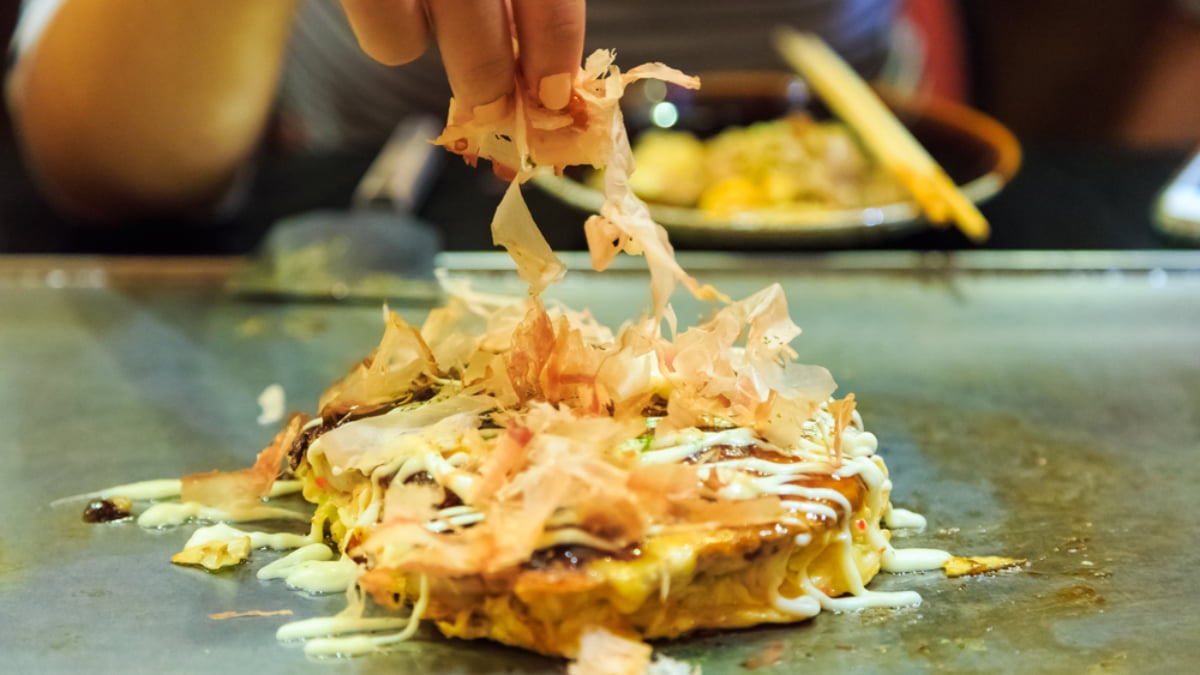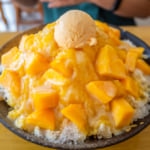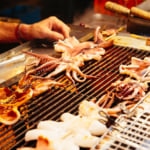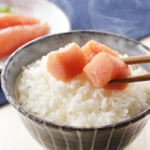Photo by witaya ratanasirikulchai/Shutterstock
5 ‘Cook it Yourself’ Style Restaurants You Should Check Out in Japan
There’s a special joy in preparing and cooking your own food exactly how you like it, but with today’s hectic schedules, finding the time to do so can be a real challenge. Cook-it-yourself restaurants offer more than just a way to enjoy cooking; they provide a hands-on, interactive dining experience that’s a fun departure from traditional restaurants. In Japan, these types of restaurants are a staple, adding a unique and essential element to the country's diverse culinary scene alongside classics like sushi, tempura, and ramen.
table of contents
[x] close
5 ‘Cook it Yourself’ Style Restaurants You Should Check Out in Japan
Okonomiyaki
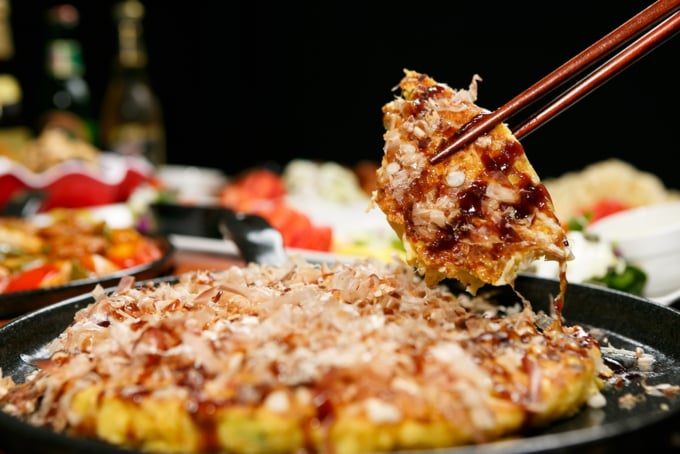
Photo by TMON/Shutterstock
Okonomiyaki is a unique Japanese dish that starts with a base of flour and eggs, similar to American pancakes, but the resemblance ends there. The batter is mixed with a variety of vegetables like cabbage, corn, and onions, and you can customize it with shrimp, chicken, tofu, noodles—pretty much whatever you like. The name "okonomiyaki" itself means "grilled as you like," reflecting its versatility.
In many okonomiyaki restaurants, the fun begins with the preparation. You'll be provided with the batter, a teppan (griddle), utensils, and condiments. After mixing the batter to your preferred consistency, pour it onto the hot griddle. Flipping the okonomiyaki can be tricky, but using two flippers often helps. Once it’s cooked, top it with mayonnaise, savory okonomiyaki sauce, and dried bonito flakes to enjoy a delicious taste of what some call "Japanese pizza."
Monjayaki
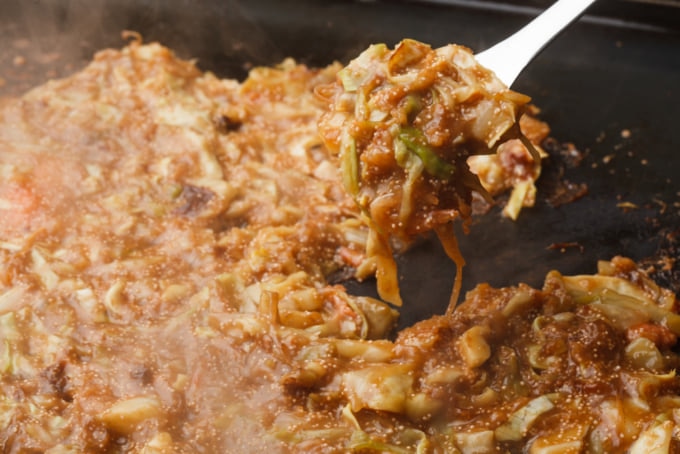
Photo by sasaken/Shutterstock
Monjayaki is a thinner, more intricate cousin of okonomiyaki and is especially beloved in the Kanto region, with Tokyo being a hotspot for this dish. It starts with a thin, flour-based batter mixed with various vegetables and other ingredients. To prepare monjayaki, you first cook all the ingredients (except the batter) in the pan and finely chop them with a metal spatula. Then, you shape the mixture into a circle and pour the batter on top. Unlike okonomiyaki, monjayaki is typically eaten straight from the pan using small metal spoons that resemble mini spatulas. Many okonomiyaki restaurants also offer monjayaki, making it a fun and delicious variation to try.
Takoyaki
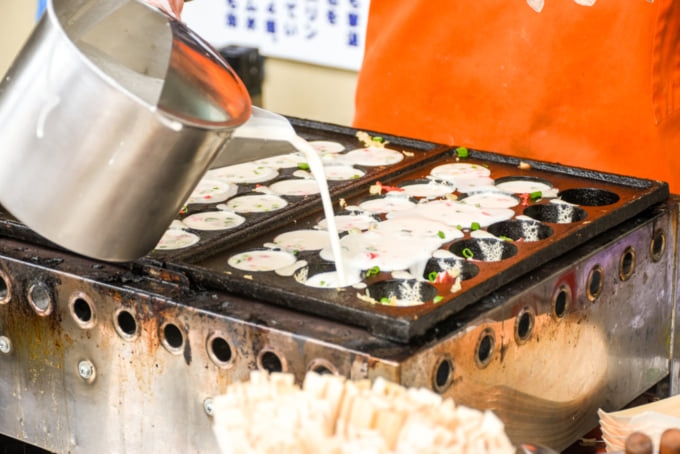
Photo by MrB11/Shutterstock
Perhaps the most challenging do-it-yourself challenge, takoyaki are savory balls of pan-fried batter filled with pickled ginger and octopus chunks. Restaurants that offer takoyaki griddles are uncommon, but some okonomiyaki restaurants are equipped to handle both. Takoyaki are made on special griddles with round cups, which is how to snack gets its shape. To make takoyaki, mix the batter well and pour it evenly over the pan, and don't worry about batter overflowing from the cups, it's supposed to do that. Drop at least one octopus chunk into each one. When the batter is nicely cooked on the bottom, start folding the excess batter over the top so they can flip more easily, and cook the other side. Like okonomiyaki, takoyaki are usually topped with savory sauce, mayonnaise and bonito flakes.
Shabu-shabu (Hot Pot)
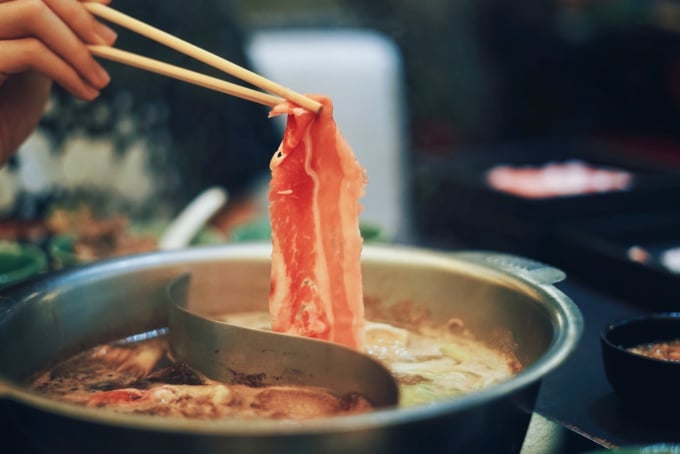
Photo by pangshi/Shutterstock
Shabu-shabu, also known as hot pot or steamboat, is most often cooked and customized at the table. At shabu-shabu restaurants, you choose your broths and order your fixings, which typically includes vegetables like cabbage, mushrooms and leeks as well as various types of tofu, suigyoza (boiled dumplings) and tsumire, a meaty mixture that comes in a bamboo sleeve. These ingredients are left in the broth to cook and add flavor. The main ingredient is thinly sliced, lean meat which cooks quickly and easily in the hot broth. Many shabu-shabu restaurants offer sukiyaki, as well, which is similar to shabu-shabu except for its signature broth. When making sukiyaki, everything is left in the pot to cook together. It is always made with beef, and usually dipped in raw egg yolk right before eating.
Yakiniku (Barbecue)
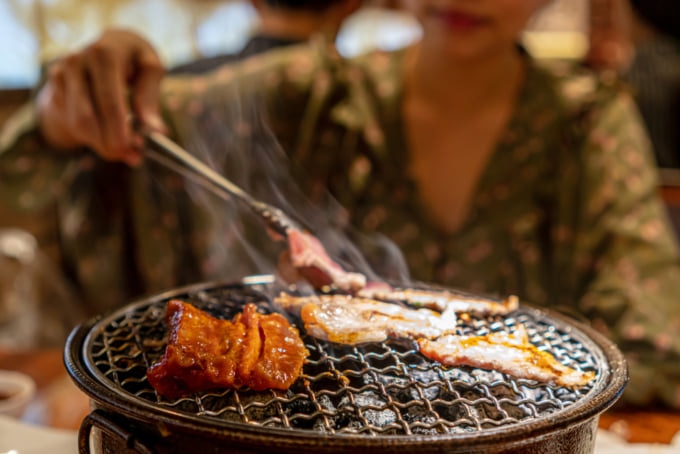
Photo by Opat Suvi/Shutterstock
Japanese barbecue, or yakiniku (meaning "grilled meat"), lets you grill your own meat and vegetables right at your table, often using charcoal grills (shichirin) for an authentic smoky flavor. Yakiniku restaurants offer a diverse selection of ingredients, from vegetables like potatoes, okra, and shitake mushrooms to meats such as skirt steak (harami), offal (horumon), and Korean-style marinated ribs (kalbi). Diners usually enjoy their yakiniku with a bowl of steaming rice, or create lettuce wraps with sanchu (flat lettuce), similar to the Korean dish samgyeopsal (grilled pork belly wrapped in lettuce).
In Conclusion
While it might seem odd to pay someone else while you do the cooking, there are plenty of benefits and enjoyment to be found in the do-it-yourself restaurant trend. These places offer more than just a meal—they provide a chance to engage in communal cooking, savor the process of preparing your own food, and experience Japanese cuisine in a hands-on way. Exploring one of Japan’s cook-it-yourself restaurants is a must for anyone looking to fully appreciate the country’s culinary culture.





